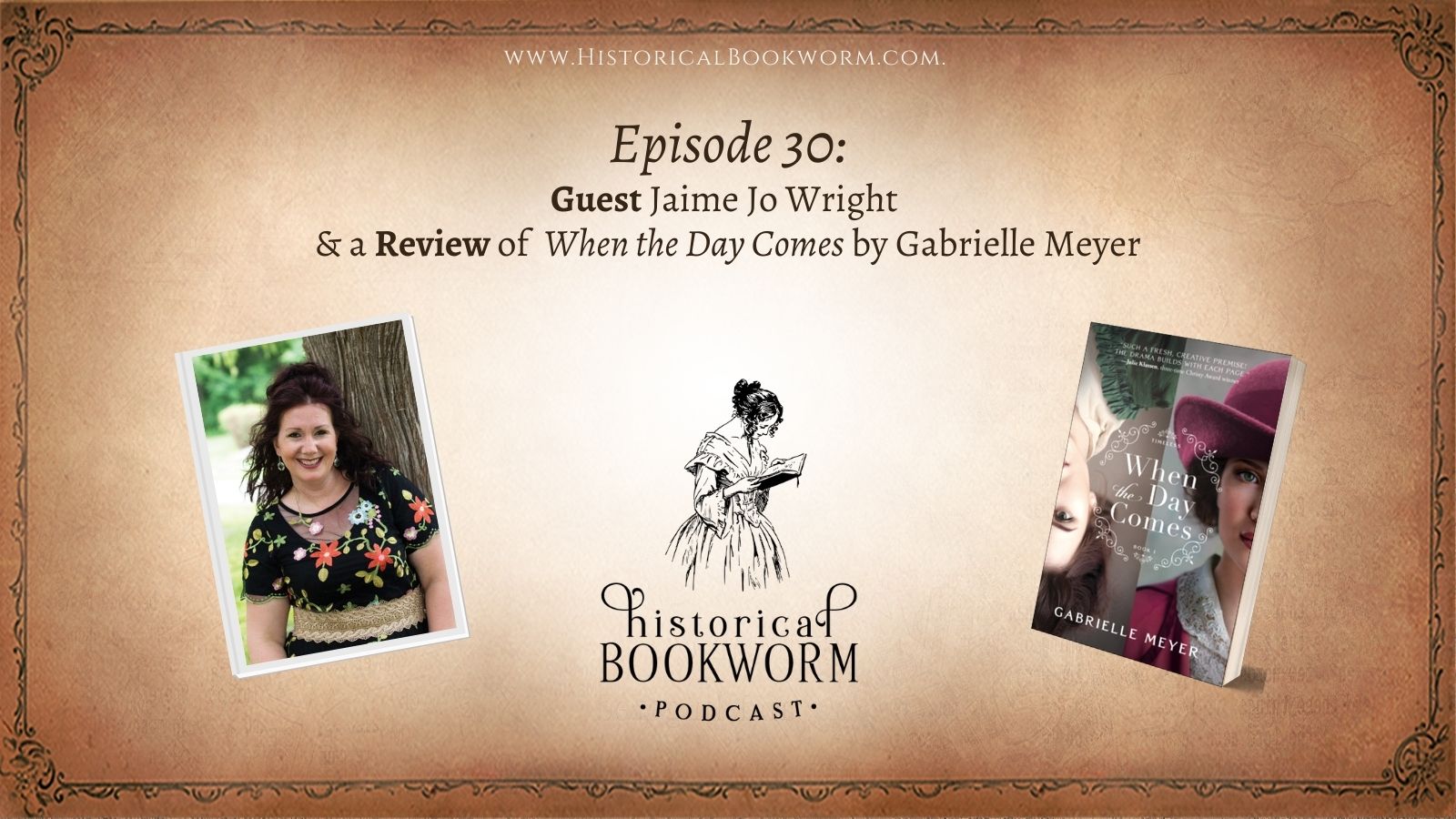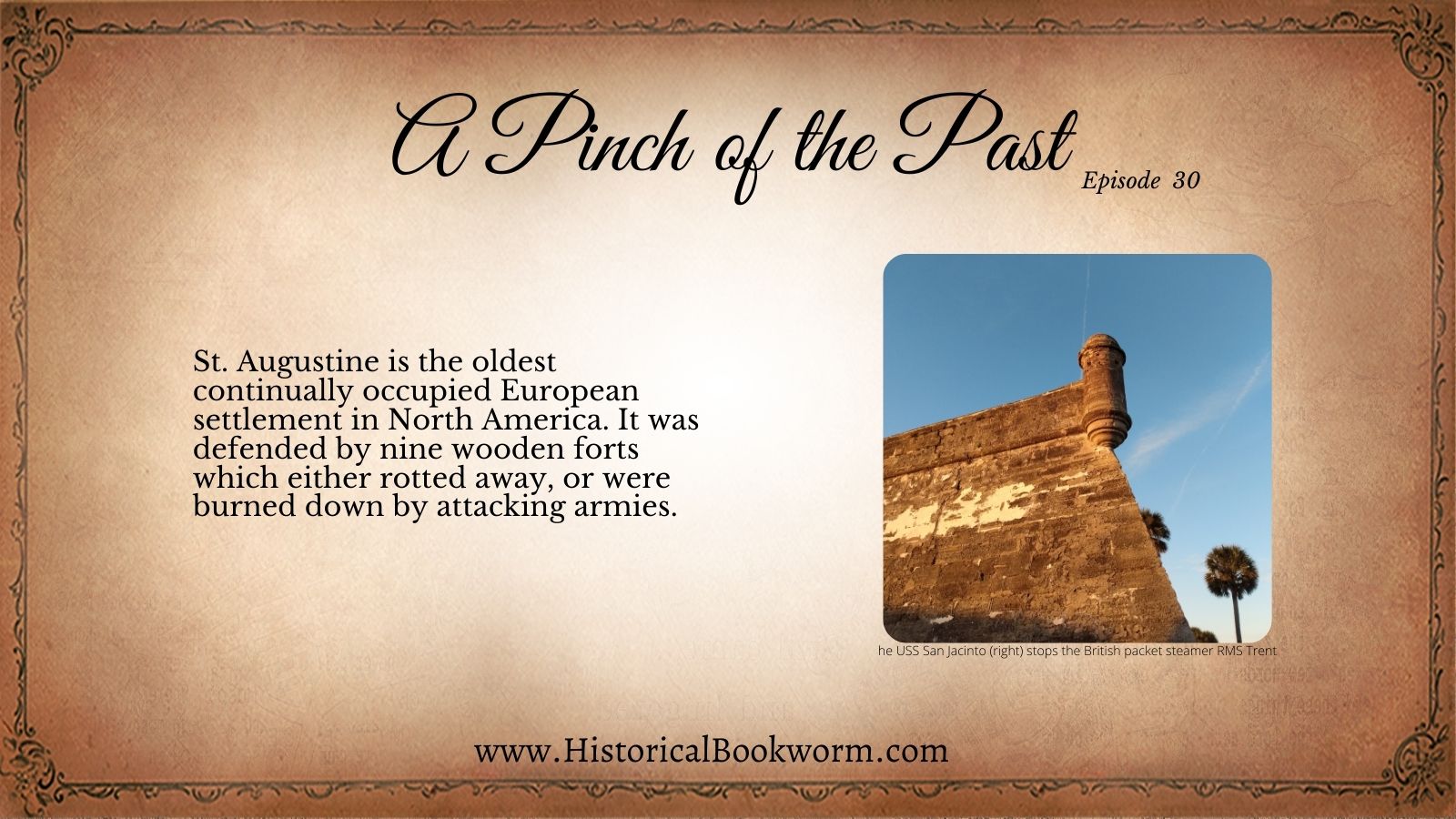Subscribe to Historical Bookworm Show Apple Podcasts | Spotify | Amazon Music | Android | Pandora | Email | RSS | Subscribe to the Historical Bookworm
Interview: Jaime Jo Wright is the winner of the Christy, Carol, Daphne du Maurier, and INSPY Awards. She’s also the PW (Publishers Weekly)and ECPA (Evangelical Christian Publishers Association) bestselling author of three novellas. In this episode, Jaime shares about her latest novel, the steller spooky, The Souls of Lost Lake!
Our Pinch of the Past today features the story of the Castillo de San Marcos. In 1513, Ponce de Leon claimed the land he named Florida for Spain. It became an important holding to protect the Spanish ships bearing gold and silver from Central and South America back to Spain. As the French started encroaching on Florida, King Phillip II sent Pedro Menéndez in 1565 who founded the town of St. Augustine. (Read the full blogpost here)
Bookworm Review If you love the premise of time travel, enjoy books with a heroine of strong convictions, and are in the mood for a unique series, pick up When the Day Comes by Gabrielle Meyer. (read the full book review here.)




